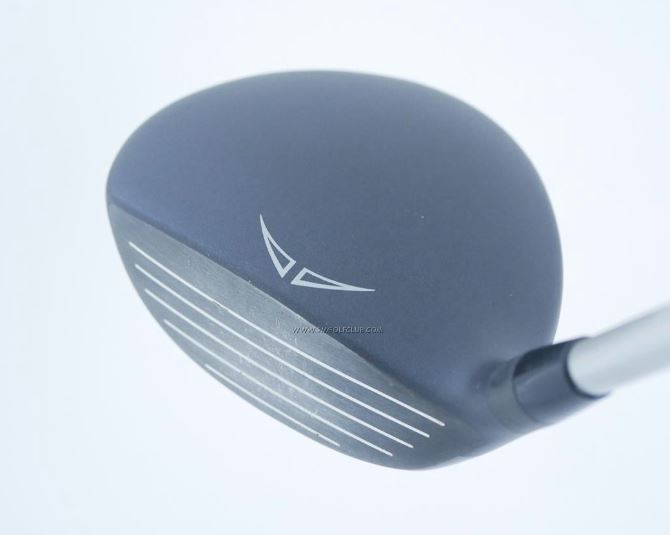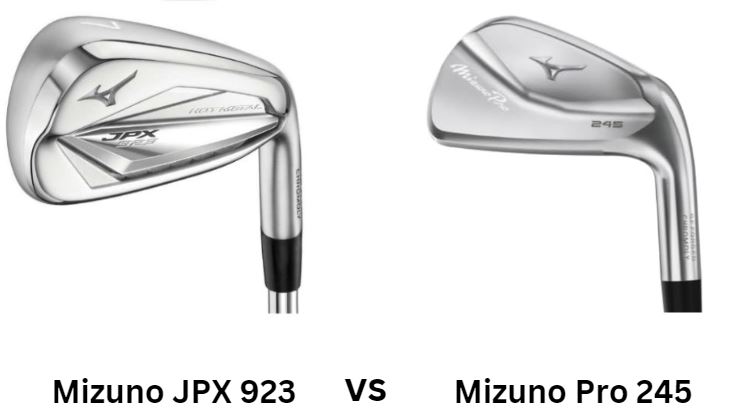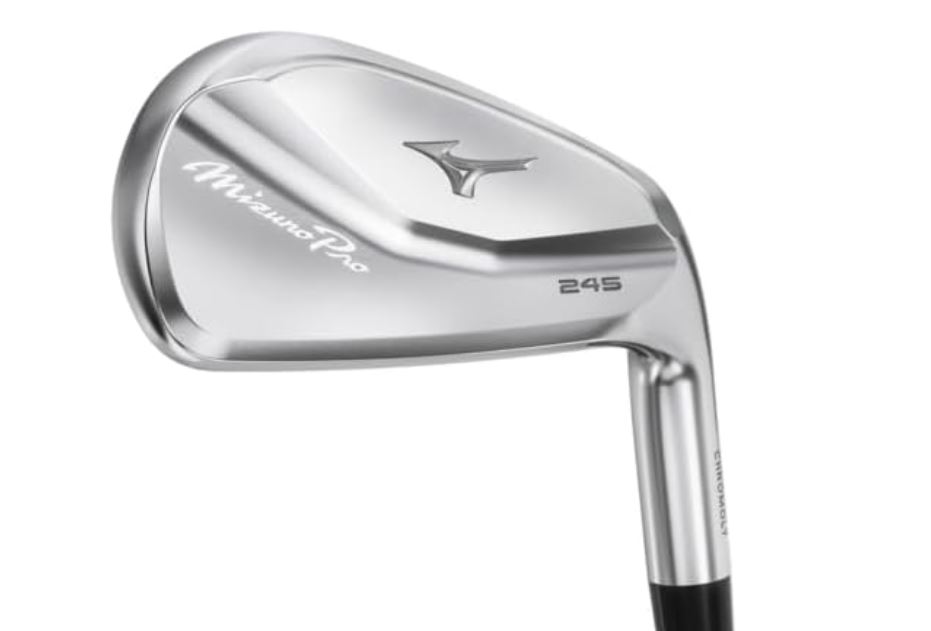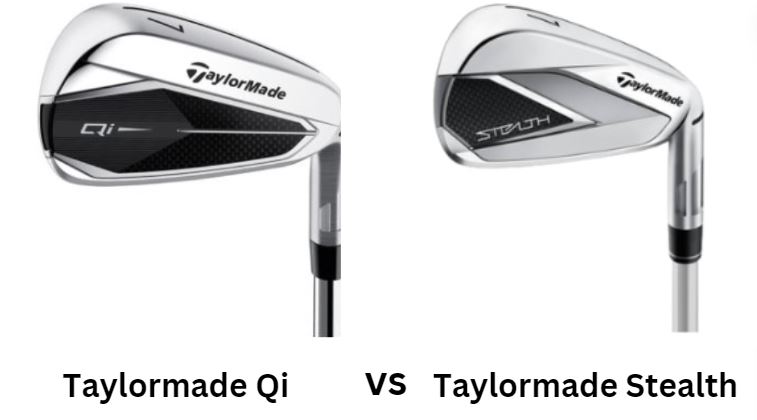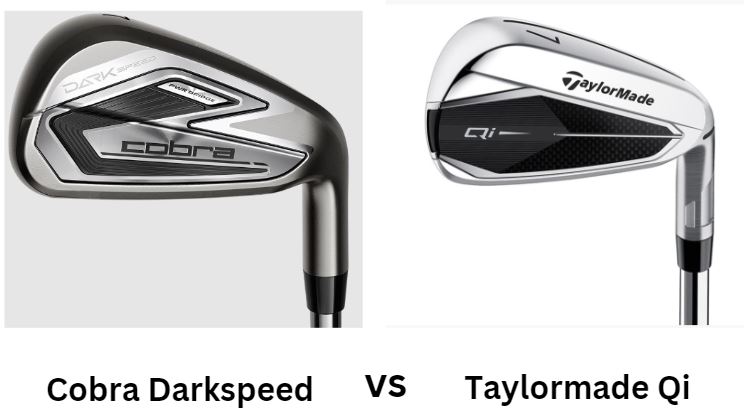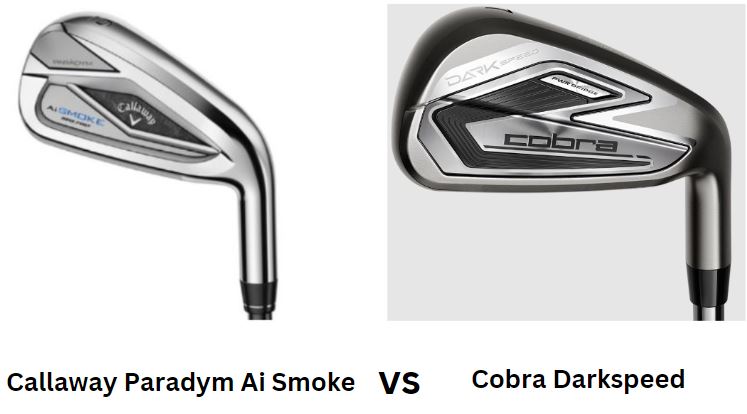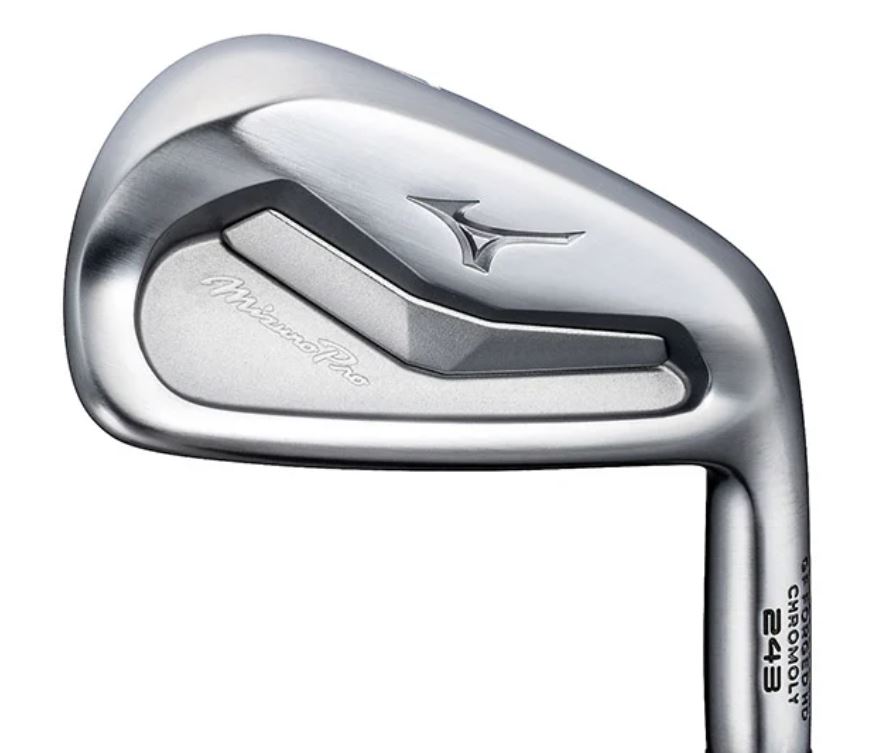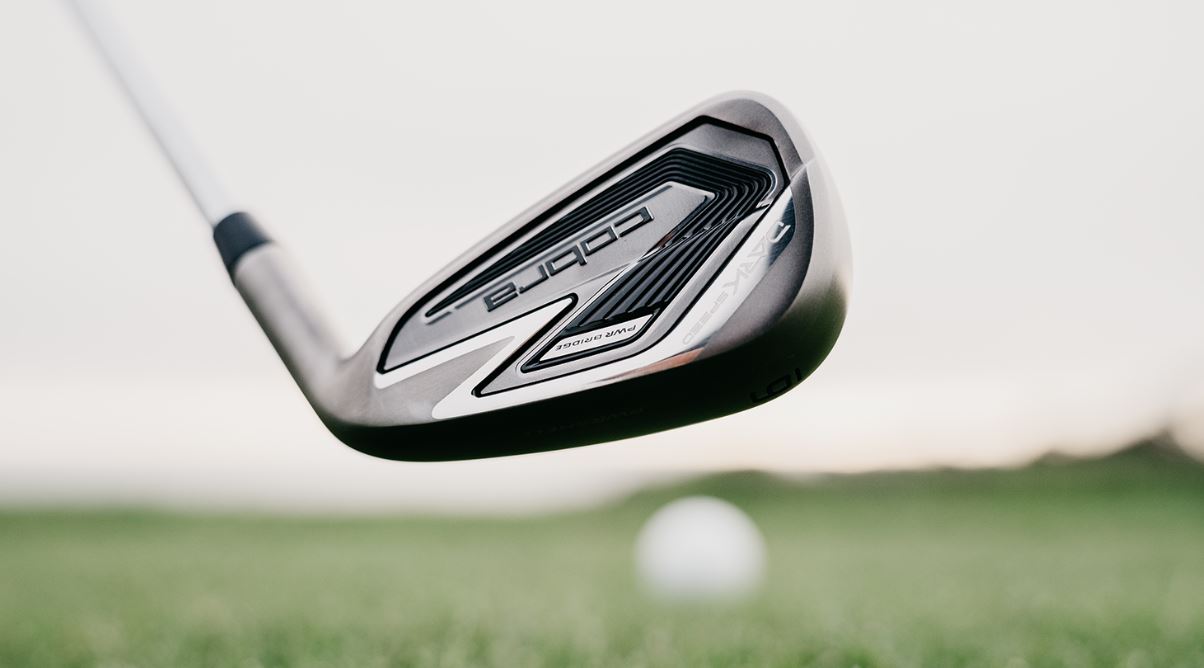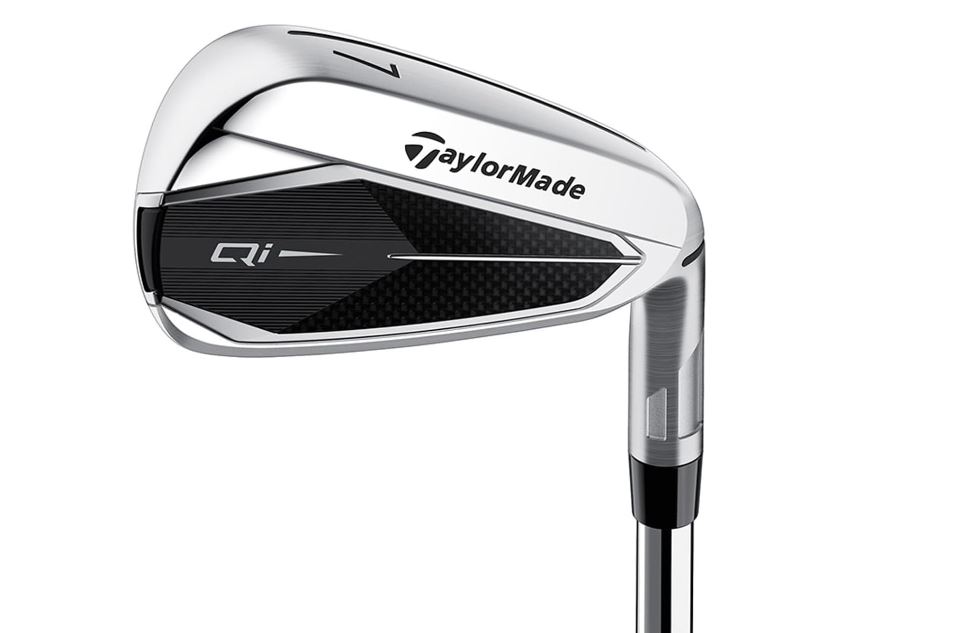Are Ping G25 Fairway Woods Still Good? Are They Forgiving for High Handicappers?

“A lot of golfers are lifelong Ping fans due to the simple fact that Ping is known to pack a lot of forgiveness into their clubs.
Over the decades, it seems that they have found new and interesting ways to make the game easier for players.”
When the Ping G25 fairway woods first came out in 2013, they represented the apex of forgiveness design.
And even in 2023, they still look both inviting and forgiving. But looks aren’t everything. We tested the Ping G25 fairway woods to see if they hold their ground against modern game improvement woods.
Are the Ping G25 Fairway Woods Still Good?
“One of the things we really liked about the Ping G25 woods was their shaping and profile.”
Somehow, the Ping G25 woods have a low profile but a very expansive face.
The low profile resembles a modern hybrid club; but the size of the head and the face leave no question that you are swinging a fairway wood.
At address, you are greeted by a sleek, matte black crown and a rear-head area that seems to go on forever.
The Ping G25 woods give off a low-frequency click when you nail the sweet spot. The sound is very satisfying and makes you want to swing over and over again.
In terms of looks, sound and performance, the Ping G25 woods are very reminiscent of modern game improvement woods.
Even at 10 years old, they definitely hold up well against modern woods so we would say that they are still definitely excellent clubs.
Are the Ping G25’s Good for High Handicappers?
“Absolutely. The Ping G25’s were originally designed with mid and high handicappers in mind.”
While there isn’t much workability to speak of (keep in mind that these are pretty large woods), there is a ton of forgiveness. The variable face thickness thins out the face around the perimeter.
The thinner face areas act like a springboard for the ball so when you mis-hit around the perimeter, you still get good ball speed.
Another thing we noticed about the Ping G25 woods was that they were very comfortable to swing.
The low/back weight pulls the head down on your downswing so that you can get good club head speed and launch the ball easily.
In fact, some of our testers mentioned that the Ping G25’s were the easiest-launching woods they ever played.
For high handicappers, this means better carry distance through improved launch. The Ping G25 is also good for high handicappers because it feels excellent off the deck.
Even in the semi-rough, these woods seem to glide over the turf smoothly.
Ping G25 3 Wood Review
What we liked about the Ping G25 3-wood was that it was easy to swing off the deck and off the tee.
Carry distance off the tee stayed in the 230-250 yard range for our testers with high launch and high spin.
Ping G25 5 Wood Review
The Ping G25 5-wood was especially comfortable off the deck.
We were able to coax a mid launch with the 5-wood; although spin rates were still a bit high. The clearest benefit here is the smooth turf interaction.
Ping G25 7 Wood Review
The Ping G25 7-wood made many of our non-7-wood-playing testers believers.
As you can imagine, the sweet spot is massive and the 42” length made it easier for some of our higher handicap testers to get the ball up and away. The Ping G25 7-wood is supremely forgiving.
On top of that, our more skilled testers were consistently able to land soft on the green on long approaches.
Ping G25 First Impressions

“What most golfers will first notice is the elongated rear-head area.”
At address, the Ping G25 woods look large and forgiving. Still, they are not cumbersome or heavy.
The low CG-placement makes them very comfortable to swing both off the tee and the fairway.
Ping G25 Fairway Woods Selling Points
- Extra-large sweet spot
- D1 swing weight
- 42”-43” length (3 to 7 wood)
- Very forgiving face
- Ping TFC graphite shafts
- Inspires confidence at address
Ping G25 Key Technology
“The technology that went into these fairway woods isn’t fancy; but it is effective.”
Variable Face Thickness: Variable face thickness means a denser middle-portion of the face to put more power behind your dead-center strikes. Then, the perimeter of the face is thinned out so you don’t lose so much speed on mis-hits.
Low/Back CG: Having more weight low in the head helps you loft the ball. Placing weight in the back of the head helps it reduce twisting when you miss the sweet spot.
Deep Face Profile: Many of our testers marveled at how high and far low-face mis-hits were flying with the Ping G25 woods. The deep face profile greatly improves forgiveness in the low-face section.
Ping G25 Fairway Wood Specs
| Club | Loft (deg) | Lie (deg) | Length (inches) |
| 3-wood | 15 | 56 | 43 |
| 4-wood | 16.5 | 56 | 43 |
| 5-wood | 18 | 56.5 | 42.5 |
| 7-wood | 21 | 57 | 42 |

